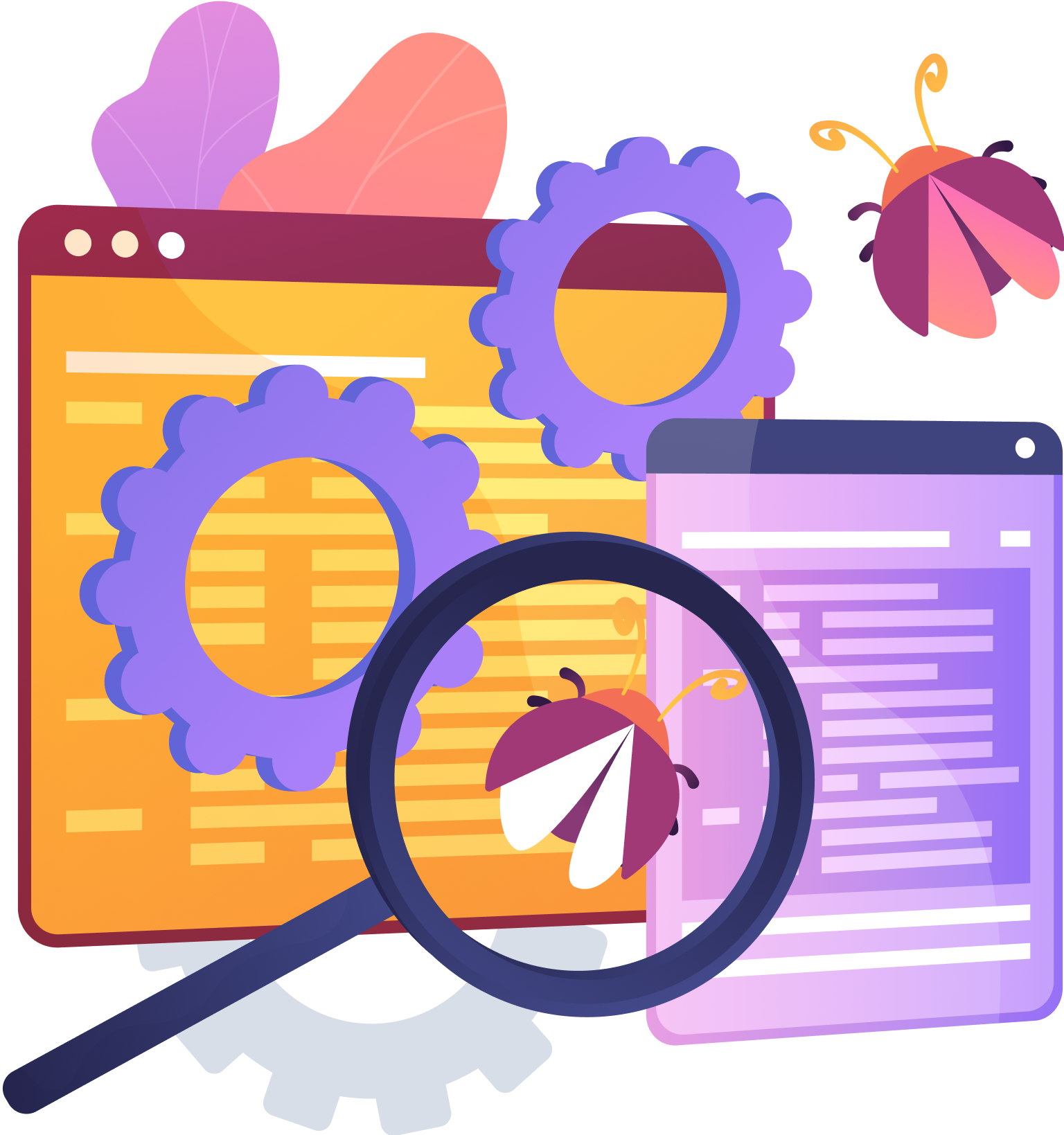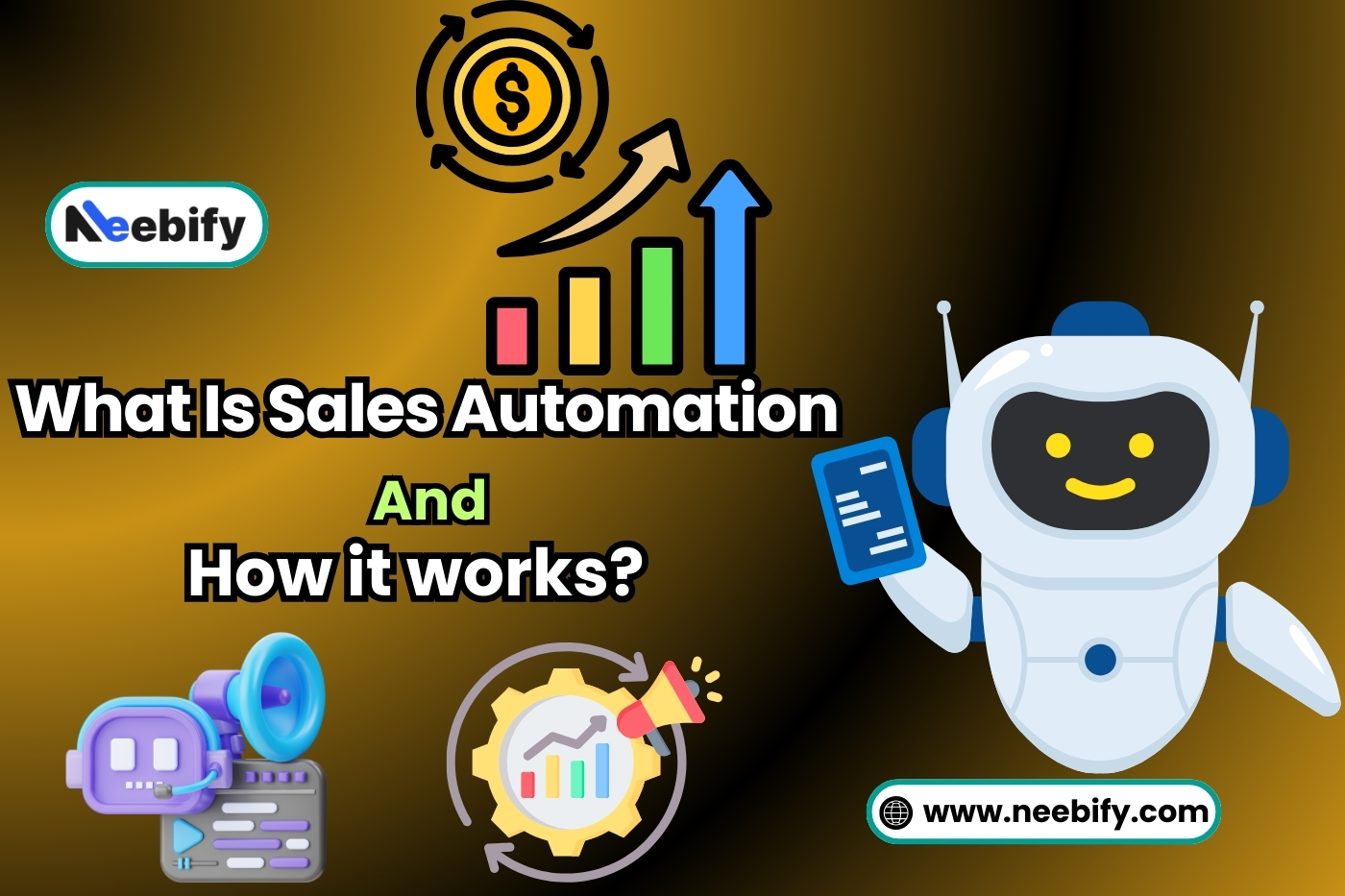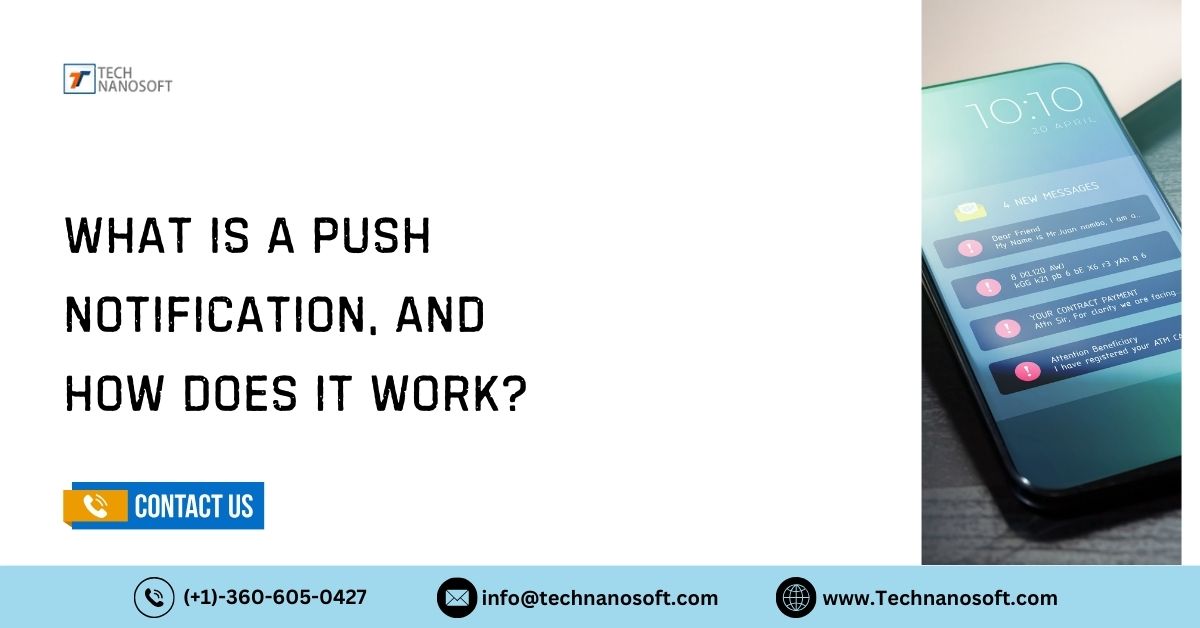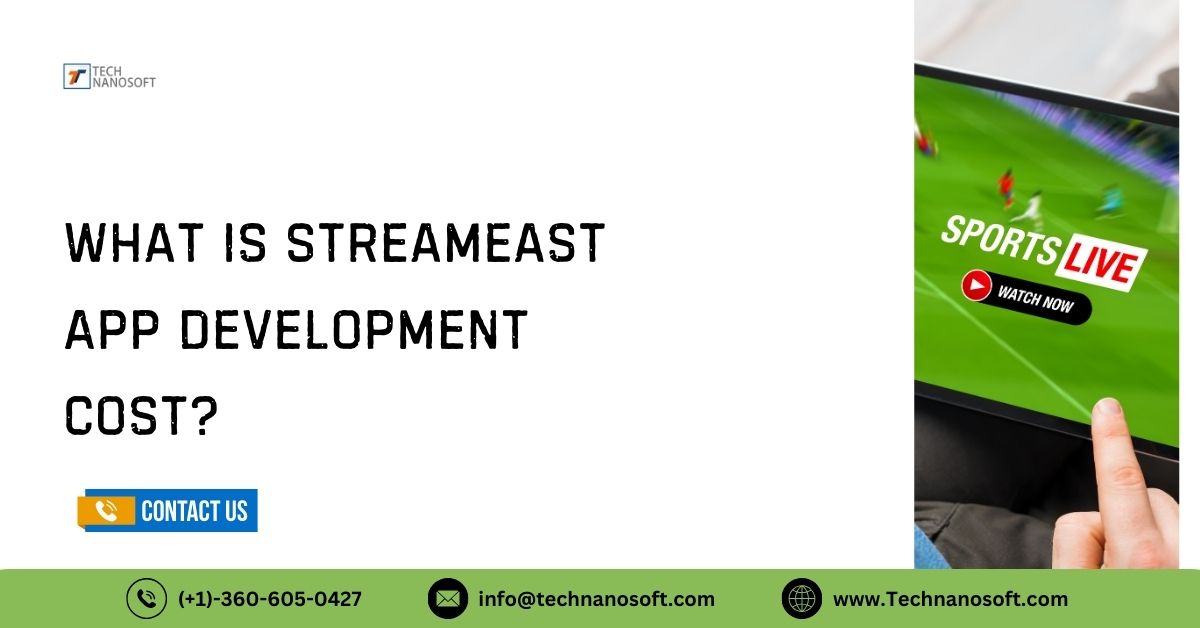How Much Does Metaverse Apps Development Cost?
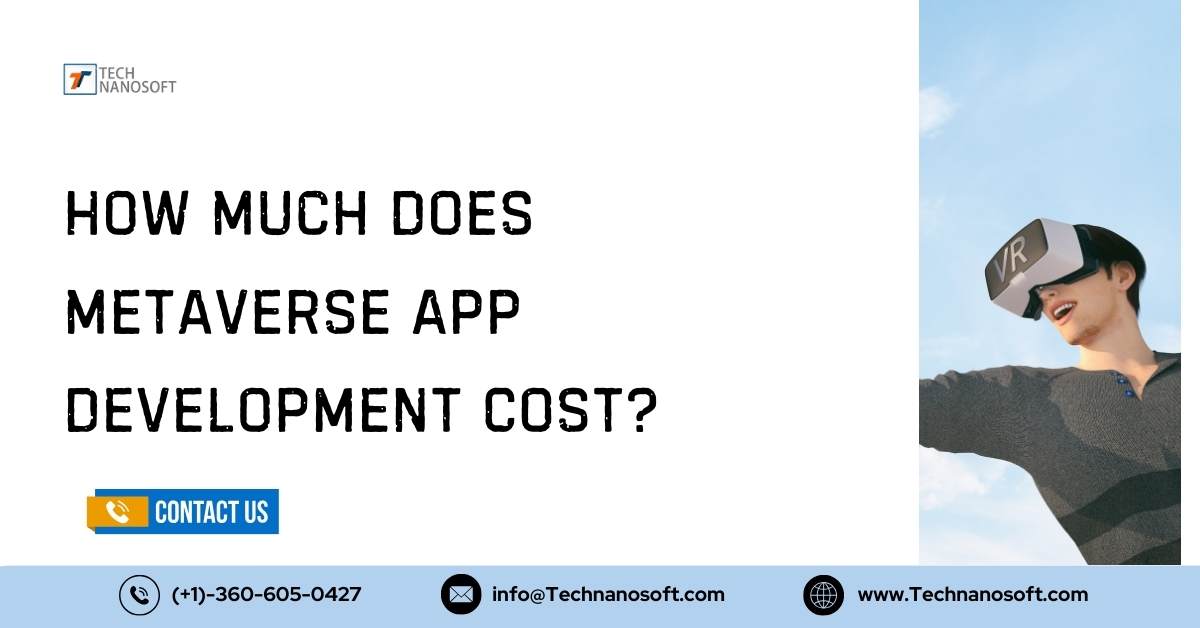
The metaverse is creating immersive virtual worlds where people connect, socialize, and conduct business. For developers to make useful apps, knowing how the metaverse works and main features . This article will show you how to make a metaverse app. Covering all steps you need to take and the cost involved in developing the app will be included.
It discusses combining hardware and software, key technologies, tools, and benefits of making a metaverse app. Discover the future of digital communication and the metaverse's benefits.
What is the Metaverse?
The metaverse meaning is a shared physically persistent virtual space and virtually enhanced real life merged, the metaverse emerged. It includes augmented reality , virtual reality, and the internet. It gives users a fully immersive digital experience where they can work, play, connect, and socialize.
As opposed to being limited to a single platform, the metaverse is made up of many linked digital worlds that can be easily switched between. It's a constantly changing environment to see and interact with the real and digital worlds.
How Much Does It Cost To Develop a Metaverse Platform?
Creating a metaverse game for iOS and Android cost between $50,000 and $300,000, depending on various factors. The complexity of the features, 3D modelling, blockchain integration, and VR/AR skills are some of the main things that affect the cost. Backend systems, design and user experience, and the ability to work on multiple platforms also influence costs.
The budget also includes ongoing services, such as cloud services, maintenance, and updates. To make a successful app, you need to hire a skilled development team that includes artists, developers, and testers. A successful metaverse app should meet both user needs and market demands.
REMEMBER- The metaverse app changes interactions with the world by making things advanced, better and more faster. While developing metaverse platform, it's important to take advice from experts to create assessments that align with your project wants and goals.

How Does Metaverse Technology Work?
HARDWARE
VR Headsets
VR headsets are necessary to make metaverse events feel real. VR headsets cover the user's eyes and display a 3D virtual world. VR headsets track head movements with motion sensors and gyroscopes. It lets users look around and interact freely in the virtual world.
High-resolution screens and advanced optics make images clearer and more realistic, and built-in sound systems give music with fills the room. The Oculus Rift, HTC Vive, and PlayStation VR are some of the most popular VR headsets. They are essential for games, socializing, holding virtual meetings, and other metaverse activities.
AR Devices
Augmented reality (AR) gadgets add digital information to the user's view of the real world, making it better. AR devices, on the other hand, let users see and interact with their real surroundings while accessing virtual elements. AR products include smart glasses like Google Glass and Microsoft HoloLens, as well as AR apps for smartphones.
These gadgets use cameras, sensors, and complex software to detect their surroundings and display relevant digital content on top of them. AR provides real-time knowledge and interactive experiences in many areas, including gaming, education, healthcare, and industry.
Haptic Devices
Haptic devices, which allow users to feel virtual items and interactions, can add a touch to the metaverse. Gloves, suits, and controllers with actuators that provide tactile input are a few of these tools. Haptic devices make virtual worlds more realistic and immersive by mimicking the feeling of touch. Necessary for games, training simulations, remote surgery, and other applications and feedback to improve user experi's nce.
Motion Tracking systems
Motion tracking systems record person activities and show it in the virtual world. These systems use sensors, cameras, and wireless tech to track body movements, hand gestures, and finger motions accurately.
Real-time processing of the data enables natural and logical engagement among users in the metaverse. Motion tracking is important for VR games, virtual meetings, fitness training, and other activities. It helps accurately replicate user movements to enhance the experience.
Computers And Servers
Computers and servers make the metaverse work. The servers process and store vast amounts of data required for smooth exchanges. Servers handle syncing data, authenticating users, and communicating in real-time, while high-performance computers create complicated virtual environments.
Cloud computing is a big part of making metaverse events bigger by giving them computing power and required storage space. Strong computer and server infrastructure offer users smooth, lag-free experiences, which makes the metaverse dynamic and linked.
SOFTWARE
Virtual World Platforms
Virtual-world platforms, which provide spaces for people to meet and converse, bind the metaverse together. These platforms, like Second Life, Decentraland, and Roblox, let users make settings to play, create, and meet new people. They use complex software to create 3D worlds with lots of details and control how users interact with them.
The platforms also allow users to create content, resulting in a constantly evolving digital world. Creators can make their own experiences with the help of advanced coding languages and development tools. It fosters participation and new ideas in the metaverse.
Networking And Cloud Services
Networking and cloud services essential for metaverse because they make it possible to connect and handle data easily. It services offers infrastructure to makes real-time interactions and large-scale virtual worlds possible. Scalable computer resources available on cloud platforms like AWS, Google Cloud, and Azure. It offers metaverse apps based on user needs.
Networking technologies enable low-latency communication, facilitating smooth and quick encounters. All services work together to keep metaverse stable, fast, and open to everyone. Users can join from anywhere in the world.
Graphics Engines
In the metaverse, needs graphics engines to make real images. Engines like Unreal Engine and Unity make it possible to make high quality 3D characters. To make real images, engines use advanced rendering methods like ray tracing and global illumination. It tools for simulating movement, animating, and adding sound, which makes better user experience.
Continuous improvements in graphics engine technology drive the visual fidelity of the metaverse, making virtual worlds more engaging and realistic.
Blockchain Technology
The safe and clear transfers in the metaverse are based on blockchain technology. It creates a decentralized system that keeps track of all digital transactions and makes sure they are real and trustworthy.
Blockchain serves various purposes, like monitoring virtual property ownership, facilitating transfer of digital currencies, and creating non-fungible tokens (NFTs). Users safely buy, sell, and trade virtual goods with technology. The metaverse grow and last forever with blockchain technology, which makes it more stable digitally.
Artificial Intelligence
An important part of smart relationships and personalized experiences in the metaverse is artificial intelligence (AI). AI algorithms examine how people use the internet and what they enjoy. AI-driven virtual assistants and chatbots enhance user interactions by providing real-time assistance and engagement.
It uses machine learning to make characters in a virtual world that look like real people and control different parts. AI technology makes sure that the metaverse stays dynamic, responsive, and user-centred by learning and changing all the time. It makes the experience better for everyone who uses it.
READ ALSO- The Main Difference Between Android and iOS Mobile Apps
How Do Hardware and Software Integrate in Metaverse Platforms?
Integrating hardware and software is important for making systems that work well and don't have any problems. Hardware includes computers, memory, and input/output devices. Software, on the other hand, consists of programs and apps that run on hardware.
Software tells hardware what to do, hardware does it, then gives feedback to software. This interaction makes it possible for data processing, human interaction, and system performance to run smoothly. Together, they create technological settings that work well and are necessary for modern computing.
Essential Features To Develop in a Metaverse App
Secure Profile Login
To keep user information and accounts safe, you need a secure Facebook login. Multi-factor authentication (MFA) makes users provide two or more proofs of identity for added protection. Encryption protocols store and send login information to prevent unauthorized entry.
The login system stays safe against new threats thanks to regular security checks and changes. Metaverse apps can build trust and confidence among users by making sure the login process is secure. It creates a safe and reliable digital space.
Voice And Text Chat
The metaverse requires voice and text chat for easy communication. Adding high-quality voice chat lets users talk to each other easily, which improves social interactions and teamwork. Text chat allows people to write messages, which can be useful in busy places or for those who like to type.
Real-time translation, emojis, and secret messaging are all features that make the experience better for the user. Low latency and clear audio quality are important for conversation to work, which is why voice and text chat are essential for making the metaverse fun and interactive.
High-Quality Graphics
For an immersive metaverse experience, you need images that look great. Developers creates environments to look real with advanced graphics tools details like Unreal Engine or Unity. Ray tracing, global illumination, and high-resolution textures are some of the techniques that improve visual accuracy.
Consistent frame rates and optimized performance make sure that exchanges go smoothly and keep you from getting motion sickness. High-quality images get people more involved by making virtual worlds more realistic and fun. It creates an amazing experience that keeps people interested.
NFT Integration
People can buy, sell, and trade unique digital assets in the metaverse with NFT interaction. Blockchain technology helps NFTs prove who owns and virtual assets like art, collectibles, and virtual real estate are real. Setting up a safe market for NFT trades helps the digital economy grow.
NFT integration boosts creativity and interest by allowing users to create and sell their own content. This trait adds value and interest to metaverse, encouraging people to invest in and interact with virtual assets.
Device Support
A successful metaverse app must work on various devices such as PCs, phones, tablets, VR headsets, and AR devices. The app should be able to function seamlessly on different types of technology. It is important for the app to be compatible with a wide range of devices for its success. The software ensures a consistent user experience across various operating systems and hardware configurations.
Adaptive design and responsive layouts make it simple to navigate on any device. When metaverse apps work on a lot of different devices, they can reach more people. It makes them more accessible and ensures that everyone can be part of the digital experience.
Data Encryption
Encrypting data is necessary to keep user information safe and private in the metaverse. Data encryption ensures the safety of private data, such as personal information and transaction records, from unauthorized access. Using strong encryption standards, like AES-256, makes things safer.
To stay safe from new threats, make sure to update encryption protocols and conduct security audits regularly. Metaverse apps can build trust with users by emphasizing data encryption, which keeps'data private and safe.
VR Integration
Adding VR is a must for making metaverse experiences feel real. Many apps can offer fully immersive environments if they work with VR headsets like the Oculus Rift, HTC Vive, and PlayStation VR. Adding 3D spatial audio, motion tracking, and haptic feedback makes the experience more realistic and keeps the user interested.
For a smooth VR experience, interactions must have low latency and high frame rates. Adding VR to the metaverse makes it a living, moving place where people can explore, talk to each other, and do things that go beyond normal digital activities.
AR Features
By mixing digital content with the real world, AR features make the metaverse better. Using smartphones, tablets, and AR glasses to implement AR lets users place virtual objects on top of their real world. Object recognition, spatial mapping, and real-time interaction are some of the features that make experiences enjoyable and interactive.
AR lets people mix virtual and real-world elements in a seamless way, which can be useful for gaming, learning, shopping, and other things. By adding augmented reality (AR) features, metaverse apps can provide new and flexible experiences that go beyond just virtual worlds.
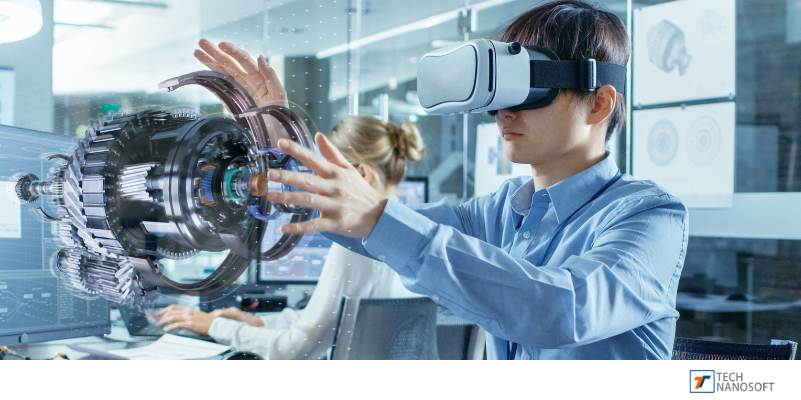
Steps-By-Step Guide To Develop A Metaverse App
Concept Development
Concept development is the initial stage in creating a metaverse app. It involves setting goals and researching the market. Understanding user needs, identifying target demographics, and analyzing competitors are all important. This phase includes brainstorming unique features and determining the app’s core value proposition.
Conducting a thorough market study ensures the concept aligns with current trends and user expectations. By establishing a clear objective and getting market insights, developers can create a solid foundation for the app, ensuring it meets user demands and stands out in the market.
Planning And Designing
Planning and design involve detailing technical specifications, creating User Experience designs, and developing 3D models and environments. Technical specifications outline the app’s functionality, platform requirements, and integration needs. UX design relies on building intuitive and engaging user interfaces, ensuring seamless navigation.
3D modelling and environment design bring the virtual world to life, offering immersive experiences. This phase includes collaboration between designers, developers, and stakeholders to ensure the app’s design is user-friendly and technically feasible, setting the stage for a successful development process.
Development
Development includes building the app’s backend and frontend for both Android and iOS platforms, along with integrating blockchain technology. Backend development works on server-side logic, databases, and APIs, ensuring smooth data flow and functionality. Frontend development builds the user interface, ensuring responsiveness and usability.
Blockchain integration offers secure transactions and asset management, improving trust and transparency. This phase needs close coordination between development teams to ensure the app’s components work seamlessly together, delivering a cohesive and functional metaverse experience.
Testing
Testing is an important step to make sure the app works, is safe, and works on multiple platforms. Alpha testing identifies and fixes bugs. During beta testing, real users give feedback on the app and help make it better.
Security checking keeps data safe and stops holes from appearing. Cross-platform testing makes sure that the app works the same way on all devices and running systems. Early detection of problems through thorough testing ensures a smooth and reliable user experience upon app release, while also maintaining the app's quality and speed.
Deployment
Deployment is the process of placing the app on the Google Play Store and Apple App Store for users to download. In this step, you'll make marketing materials, set up listings in app stores, and make sure you follow the rules and directions for each platform. For acceptance, it's important to make sure the app meets all quality and compliance standards.
During deployment, it's crucial to monitor the initial user feedback and performance data to identify any issues promptly. Upon successful deployment, users can download and engage with the app. It marks the end of development and the start of live operations.
Maintenance And Updates
Updating and maintenance are necessary to keep the app working, safe, and in line with what users want. Regular maintenance involves fixing bugs, improving performance, and ensuring compatibility with new gadgets and OS updates. Updates introduce new features, improve the user experience, and respond to user comments.
Constantly monitoring and assisting users aids in identifying potential areas for improvement. Developers ensure that the app stays current and competitive by regularly maintaining and adding new features. It maintains user engagement and content over time.
Used Tools and Technologies
Development Engines
Some well-known software engines for making metaverse apps are Unity and Unreal Engine. Unity is known for its user-friendly interface and ability to run on many different devices. Unreal Engine, on the other hand, has powerful performance and high-fidelity graphics.
Both engines can create 3D landscapes and immersive experiences. This makes them ideal for building dynamic and interactive virtual worlds in the metaverse.
3D Modeling
It uses top 3D modelling programs like Blender, Maya, and 3Ds Max to build the metaverse. Open-source Blender serves a multitude of purposes. Maya is great for animation and creating characters, and 3D Max is popular for its ability to model things in great detail. These tools let you make realistic 3D objects and settings, which is important for creating engaging metaverse experiences.
Blockchain Platforms
Metaverse apps often use blockchain systems like Ethereum and Solana. Ethereum is renowned for its robust smart contracts and widespread usage. Solana, on the other hand, has rapid transfers and low fees. Both systems allow transactions to be safe and clear, as well as supporting NFTs and digital asset management in the metaverse.
Cloud Services
The cloud technology that metaverse app developers need is available from AWS, Google Cloud, and Azure. These services provide scalable computing power, data storage, and real-time processing. They make sure that speed, security, and connectivity are always reliable, which lets developers build and manage large virtual environments quickly.
VR/AR Devices
Many people are using Oculus Rift, HTC Vive, and Microsoft HoloLens to build the metaverse. Oculus Rift and HTC Vive offer virtual reality experiences that are very realistic, and Microsoft HoloLens offers advanced augmented reality features. These gadgets let people connect with virtual worlds and digital overlays, which makes the metaverse experience better as a whole.
Advantages of Metaverse Platform
Social Interaction
Metaverse apps allow people to connect through virtual spaces for working, socializing, and meeting in real-time. This makes it easier for people to interact with each other. People can connect with friends, family, and coworkers around the world through these platforms. By sharing virtual events, people can make real connections and build communities.
Business Opportunities
By creating brand experiences, virtual marketplaces, and workspaces that are accessible from anywhere, metaverse apps open new business opportunities. Companies can stage events, hold virtual meetings, and reach people all over the world. The metaverse supports new ways of selling and making money, which helps businesses grow and keeps customers interested.
Education and Training
Metaverse apps change the way people learn and train by creating realistic, interactive learning spaces. Virtual classrooms, simulations, and hands-on training sessions are all things that students and workers can do. These activities help with understanding, remembering, and developing skills, making learning more effective and fun.
Entertainment And Gaming
By providing rich, collaborative experiences, Metaverse apps change the way people play games and have fun. People can explore virtual worlds, play games with other people, and watch live events. Because the metaverse is so engaging, there are a lot of ways to have fun, making users more engaged and satisfied.
Healthcare Solutions
Metaverse apps provide new ways to get medical help, like virtual consultations, remote tracking, and fully immersive therapy sessions. Patients can easily get medical care, and doctors and nurses can work together and train in realistic models. These apps make healthcare easier to get, more efficient, and better for patients.
Why Choose Technanosoft To Develop a Successful Metaverse Platform?
Technanosoft to make your metaverse app, you can be sure of their experience, creativity, and high quality. Skilled workers are experts in VR/AR, blockchain, and 3D modelling, among other cutting-edge technologies. It provides full services from starting stage to release stage, making sure that the development process goes smoothly.
Technanosoft metaverse company puts the user experience first by making virtual worlds that are intense, interesting, and fit your needs. Strong project management and open communication make sure to finish on time and stay within budget. Technanosoft is a trustworthy and Metaverse development company. it helps to make metaverse apps that will make your project stand out in the digital world.
FAQs About Metavers
Q.1- What is a virtual reality world?
A- VR technology creates a virtual reality world—an immersive digital environment that allows users to interact with 3D simulations and virtual objects. VR headsets allow users to fully experience these worlds by tracking their movements and rendering lifelike sounds and images, making them feel as if they are really there in the virtual space.
Q.2- Metaverse definition?
A- The metaverse is a shared virtual place for everyone. Persistent virtual worlds and virtually enhanced real life came together to create the metaverse. It includes augmented reality (AR), virtual reality (VR), and the internet. People can socialize, work, play, and interact in interconnected digital environments, seamlessly blending real and virtual experiences.
Q.3- What is metaverse technology?
A- The gear and software used in metaverse technology create a sense of realism in virtual worlds. This group includes VR/AR headsets, 3D modeling software, blockchain systems for online transactions, and cloud services for data management. Together, these technologies create dynamic virtual worlds that evolve. In these worlds, users can do many things.
Q.4- Metaverse App vs. Metaverse Website?
A- A metaverse app gives you a full, interactive experience that works best on phones and VR/AR headsets, letting you move around easily and connect with other people in real-time. On the other hand, web browsers can access a metaverse website, which offers a less immersive and restricted experience. Apps are excellent for greater engagement, while websites make things easier for more people to get to.
Q.5- How do you choose the best Metaverse development company?
A- If you want to find the best metaverse development business, look at how skilled they are with blockchain, VR/AR, and 3D modelling. Look at their previous work to see if it includes any related projects, read reviews from past clients, and make sure they provide full services from ideation to implementation. It's also important to be able to communicate clearly, handle projects well, and know what your goals are.

